There is no doubt that converting Offline storage files (OST files) of MS Outlook to PST file format is a very confusing and risky process that irritates users. Hence, users always look for safe and reliable methods for converting their most crucial Exchange data to PST files with no data loss issues.
Hence, without wasting any time, let us move forward to know the simple basics and overview of the OST and PST file formats of MS Outlook and an automated OST to PST converter full version for quick migration of OST files to PST.
Read Also: Free Methods to Convert OST files to PST
Quick overview of MS Outlook and related data files
Undoubtedly, Microsoft Outlook is the most popular email client among users across the world. It is used to send and receive emails by accessing Microsoft Exchange Server email and provides functionalities like task managing, calendaring, contact managing, web browsing, etc. It offers two types of data files – OST (Offline Storage Tables) and PST (Personal Storage Tables) file extensions that are responsible for storing the data of the entire mailbox.
OST file extension - Offline Storage Table
The OST file is the exact replica of the Exchange server account. The users can work in offline mode with this facility which allows them to access complete mailbox data items saved on a personal device. Also, there is no worry about data connection because the moment Outlook reconnects to the MS Exchange Server, all the offline saved data gets synchronized with the online Exchange server.
There are several cases when the OST file is highly in demand by the user, like when a server is facing downtime, an unexpected crash of Outlook, accidental account deletion, or any scheduled maintenance of the Exchange server. In all such cases, users can benefit from OST files to work hassle-free in Outlook.
PST file extension – Personal Storage Table
PST (Personal Storage Table) file format holds the entire mailbox data items such as emails, attachments, contacts, calendar entries, journals, notes, tasks, to-do lists, etc. MS Outlook generates this file in its application environment, which works online.
Major reasons why to convert OST files to PST format?
There are many reasons why users need to export offline OST files to PST format. Below are some common reasons that show in what circumstances you need to convert OST Files to PST.
- To repair or export lost or accidentally deleted data, IMAP OST files, and corrupted or crashed OST files.
- Exchange server crashes due to any fault such as software failure, power failure, malware intrusion, virus attacks, etc.
- To access the mail items during the Exchange Server maintenance and it can be only possible when OST files are converted to PST and imported to MS Outlook.
- In cases where the user has OST file backup, then importing the OST data to Outlook can be done using the converter tool easily.
What makes Kernel for OST to PST Converter full version favorite among users?
In this section, we’ll know the robust features offered by this OST to PST full version software. Read below:
- Hassle-free conversion process.
- Perform file preview before the conversion process.
- Better organization of the mailbox mail message.
- Support free conversion of 25 items from each folder.
- User-friendly customization features.
- Capable of converting emails, calendars, contacts, notes, journals, etc.
- Wide compatibility with all versions of MS Office and Windows platform.
- Save converted mails into a variety of formats - EML, MSG, RTF, PDF or HTML.
Convert OST file to PST file using trial and full version
Here is complete analysis of variation between trial version and tool that convert OST to PST full version. Let’s understand the each of the perspectives of the tool effectively:
Convert OST file with trial version
The free demo version of the OST to PST converter allows users to access the complete features of the tool. There is not much difference between the interface and the features of the trial and full versions except for the file saving limitations. Users can save upto 25 items per folder of the OST mailbox to a PST file accessing all other features.
Convert OST file with full version
The licensed or OST to PST converter full version tool comes with unlimited benefits like OST to PST conversion, corrupt OST recovery, selected email migration, multiple file saving capacity, and much more. The tool also lets you migrate OST file data to the cloud platform Office 365 mailbox and direct migration to several email clients such as Exchange Server, Lotus Notes, Novell GroupWise, and so on.
Let’s take a tour of the conversion process using the OST to PST converter full version. Follow the below-mentioned simple steps for successful conversion of OST:
Step 1. Launch the tool and select the OST file from your machine by clicking the Browse button.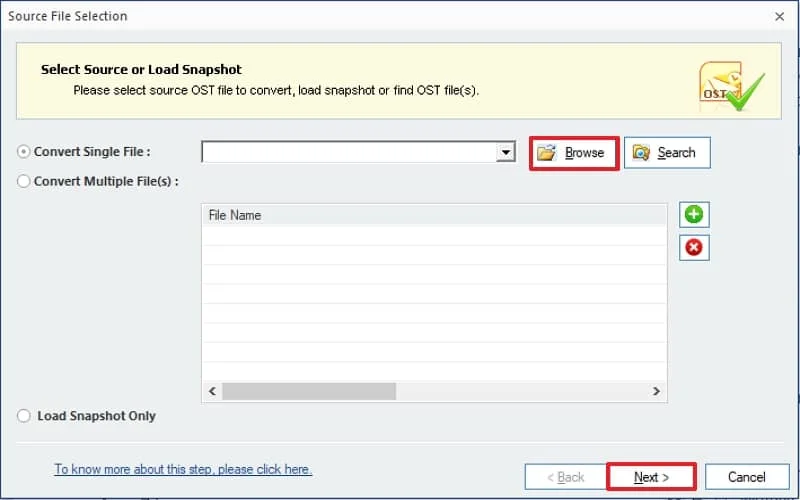
Step 2. After selecting the file, click Next. The tool interface will take you to the preview window of complete OST mailbox content.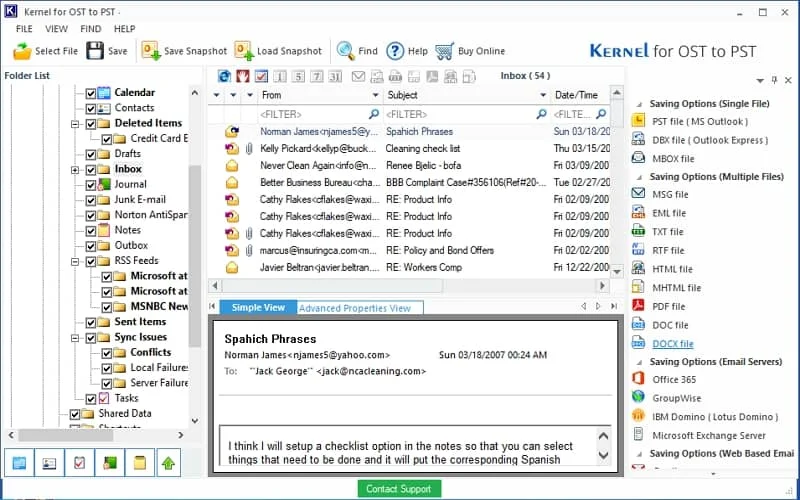
Step 3. If you right-click on any specific folder, you will see multiple saving options. You can choose the desired one as per your choice.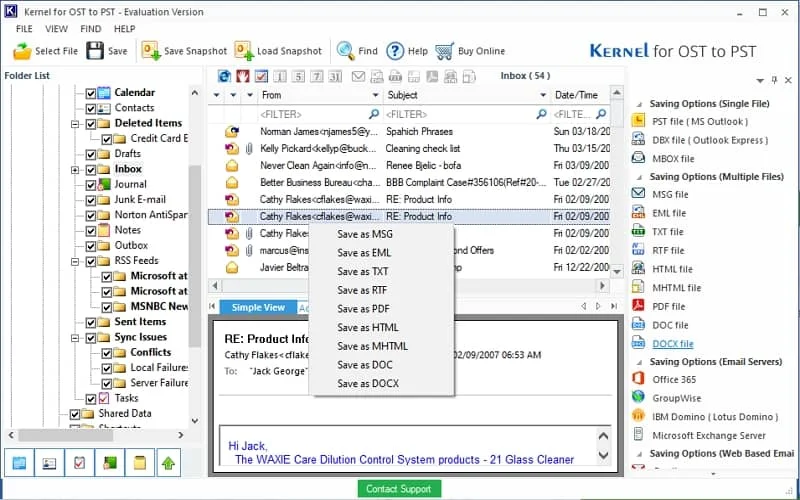
Step 4. Save OST file using the full version to PST file format as shown below and click Next.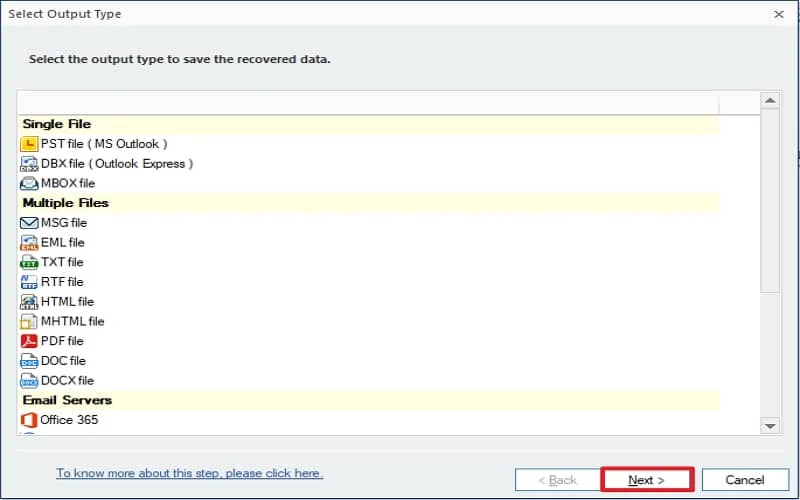
Step 5. You can select and save specific data with the help of data filters offered, take a look as shown.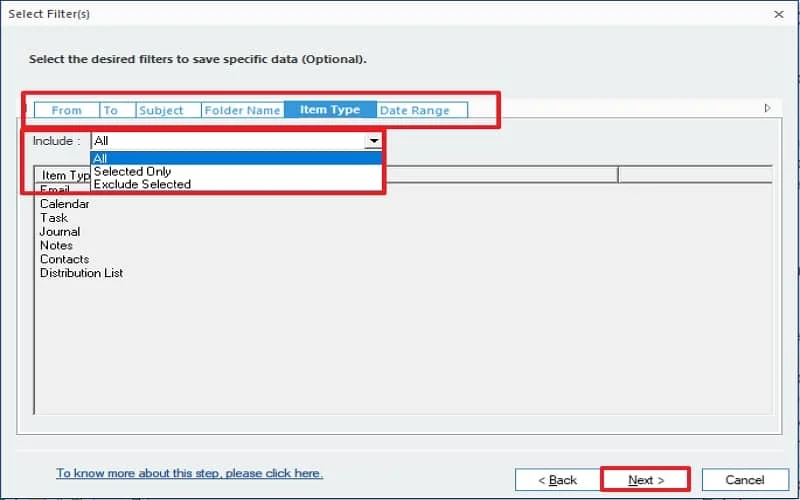
Step 6. If you want to split the resultant PST file, you can split it based on given sizes.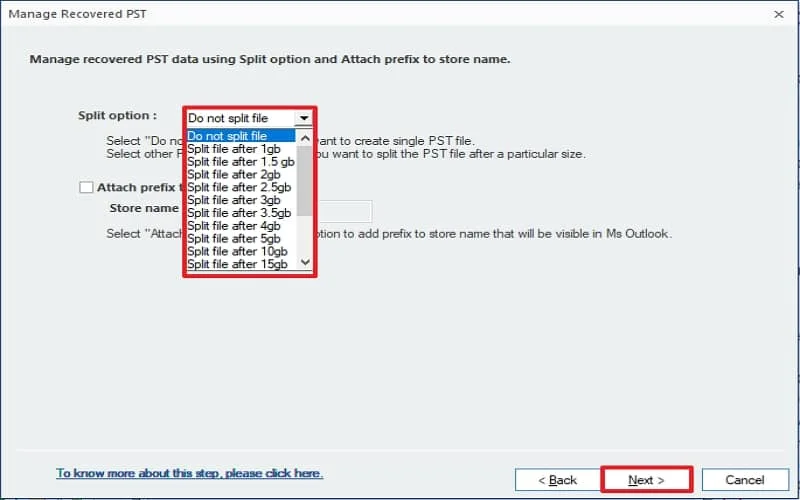
Step 7. Finally, choose the file destination and save the PST file on your local machine which can be imported to MS Outlook later.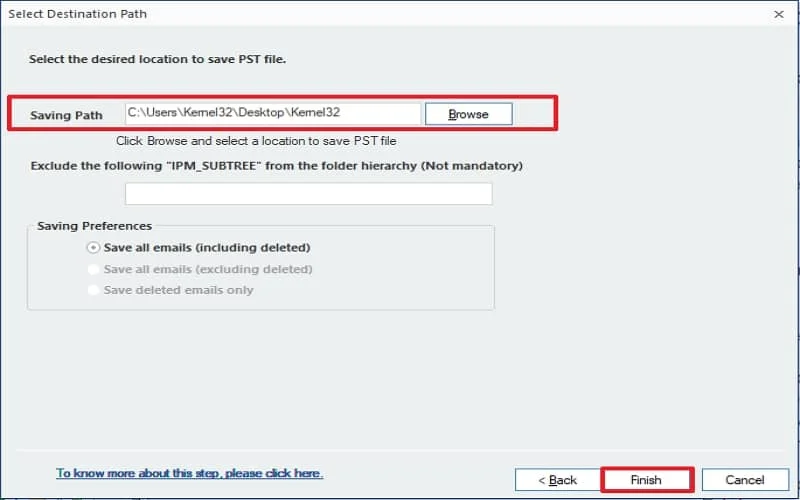
Step 8. The OST to PST conversion will start. Wait till the processing.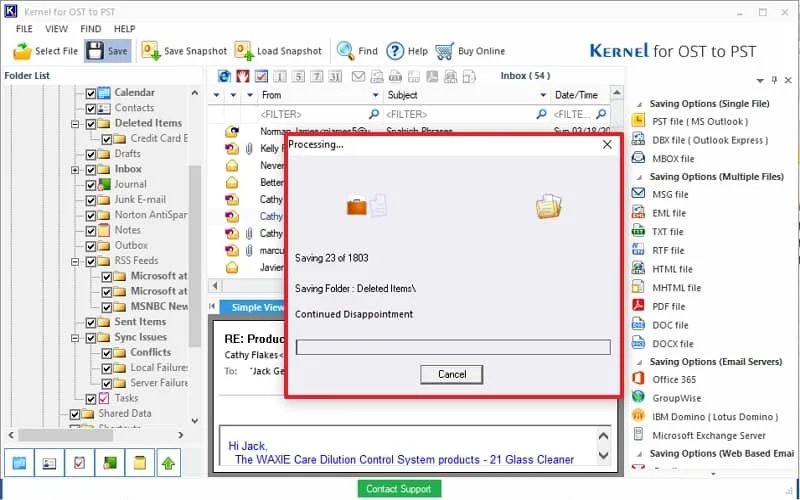
Step 9. The OST to PST conversion has been completed successfully.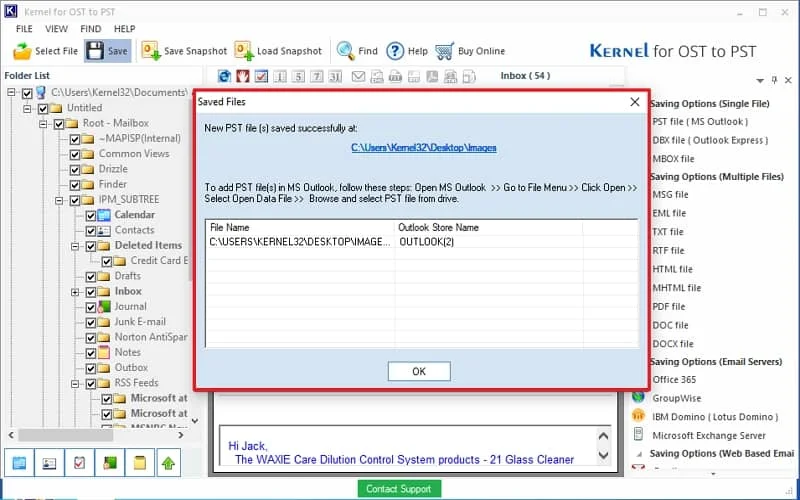
Concluding words
There are many manual methods that you can use as an alternative to the third-party tool, but data loss and method failure chances are high during the ongoing conversion process. Hence, you can simplify your task to convert your most crucial OST data by using the Kernel for OST to PST Converter full version software while maintaining complete data integrity and security. Share your valuable experience with us in the below mentioned comment section.



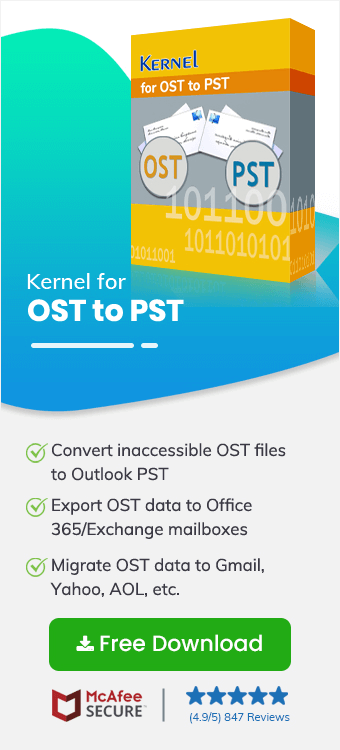
Due to the efficient methods of the software, I managed to recover all items from corrupt OST files.